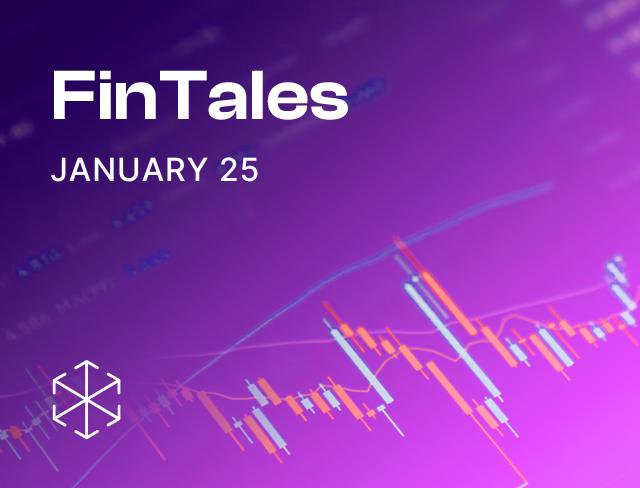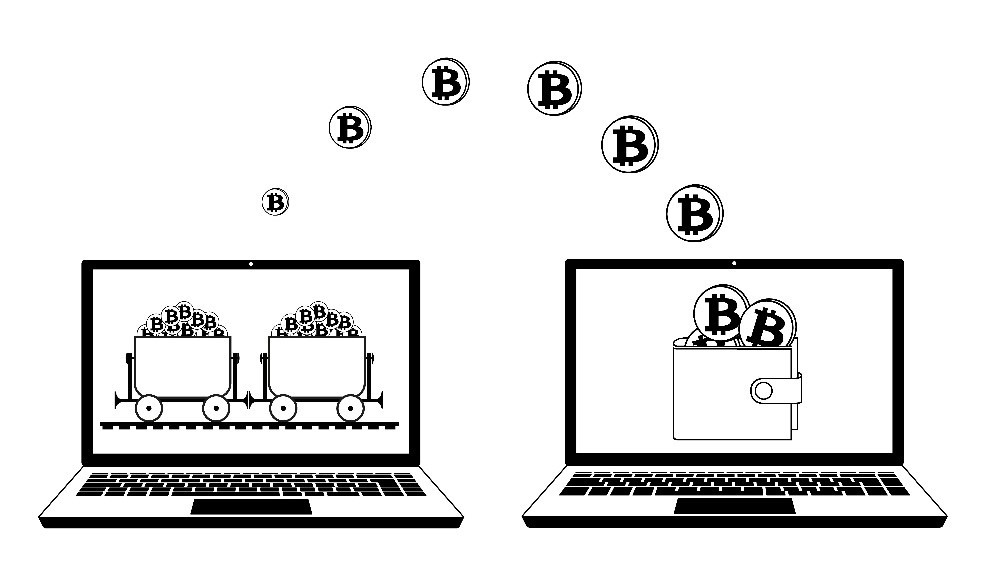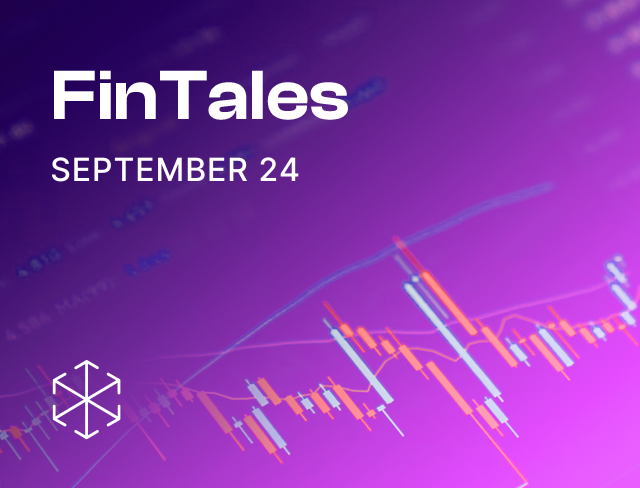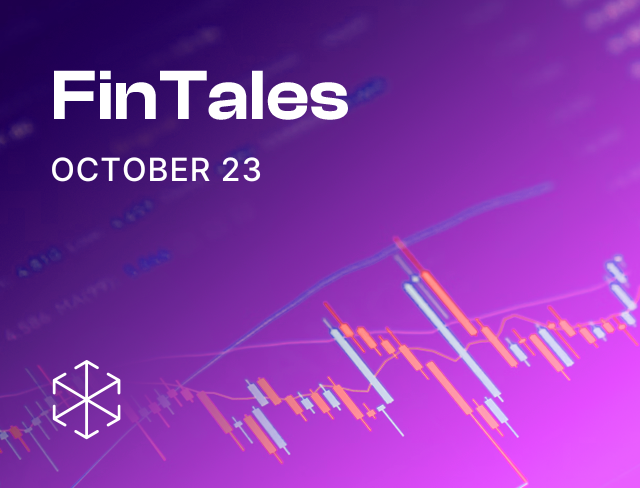What is the document?
The Strategic Hub for Innovation and Financial Technology (“Staff”) of the Securities and Exchanges Commission (“SEC”) recently released a Framework for ‘Investment Contract’ Analysis of Digital Assets (“Framework” or “Document”)[1]. These are essentially guidelines to assess whether an investment into a digital asset (which, per the document includes any asset which is issued or transferred using distributed ledger or blockchain technology[2]) would qualify as an ‘investment contract’ (which in itself is a type of security).
Why is it important?
The Document is important because several initial coin offerings (“ICO”) have been asked by the SEC to comply with US securities laws and fulfil the compliances thereunder, with little clarity on which features imbue tokens with characteristics of securities.
That being said, the Document is only instructive and is not a set of rules, regulations or a statement of the SEC and the SEC neither approves nor disapproves of it content[3].
The Framework fleshes out the three ingredients of the Howey Test individually. This test was formulated by the US Supreme Court in SEC v. W.J. Howey Co. (“Howey”)[4] in 1946. The Howey Test is used to determine whether a contract, scheme or transaction is an ‘investment contract’ under American securities’ laws[5]. This post crystallises the considerations the Staff deems important within each individual ingredient of Howey.
What is the Howey Test?
There are three ingredients of the Howey Test[6]:
- There should be an investment of money;
- The investment of money should be in a common enterprise;
- The investment of money should be with a reasonable expectation of profits, which are derived from the efforts of others.
Below we study these ingredients individually.
A. Investment of Money
The Document states that this ingredient is usually satisfied in an offer or sale of digital assets since it is usually acquired in exchange for value[7]. However, the Document clarifies that in addition to real (fiat) currency or another digital asset for consideration an investment of money would also be deemed to have taken place if there is a lack of a direct monetary consideration. For instance, if digital assets are issued through a ‘bounty program’ (a bounty program is where digital assets may be offered “in exchange for services aimed at advancing the issuer’s economic interests”[8]) this prong of the test is satisfied[9]. Secondly, even if digital assets are sold or distributed via an ‘airdrop’ (this is where a digital asset is “distributed to the holders of another digital asset, typically to promote its circulation”[10]), it may still constitute an investment[11].
Earlier checklists in the public domain[12] to assess whether the ‘investment of money’ ingredient was satisfied turned on whether the digital asset was sold for value or not. For instance, if the digital asset was given away for free or was earned through mining, the argument was made that there was no investment of money. However, the Framework seems to suggest that even offerings without monetary considerations would fulfil this ingredient. This may narrow the scope for ICO issuers to argue that they are not issuing securities merely because they are not accepting any monetary consideration for the same.
B. Common Enterprise
The Framework states that an investment in a digital asset would usually constitute an investment in a common enterprise because “the fortunes of digital asset purchasers have been linked to each other or to the success of the promoter’s efforts”[13].
C. Reasonable Expectation of Profits Derived from the Efforts of Others
This is the most contested ingredient of the Howey Test and rightly so. The Framework splits this ingredient into multiple sub-heads. Important for understanding the scope of this ingredient is the concept of, what the Framework calls, Active Participants (“AP”)[14]. APs are promoters, sponsors or other third parties whose managerial efforts may influence the success of the enterprise for which the ICO is conducted. Since the key elements of this ingredient are many, we have taken the liberty of converting the same into a list of expectations/conduct of the Aps/purchasers (vis-à-vis the enterprise) which must be complied with to ensure that no red flags are raised for the SEC. It is important to remember that none of these factors are determinative but their presence is merely indicative of a reliance on the efforts of others to earn reasonable profits.
a. Reliance on the Efforts of Others
i. The purchaser should not reasonably expect to rely on the efforts of the AP (for the success of the enterprise)[15].
ii. APs should not undertake essential managerial functions which affect the success or failure of the enterprise[16], however they may be ministerial in nature. This suggestion seems to be, both, excessively broad and impractical since APs will invariably undertake some degree or form of essential managerial functions for the enterprise.
iii. An AP should not be responsible for the development, improvement, enhancement, operation or promotion of the network (a network includes an enterprise, platform or an application and all grammatical variants thereof), particularly if the purchasers rely on such acts by APs while deciding whether to invest in the digital asset[17]. This reliance is strongly indicated when the ICO is held at a stage when the network is not operational and the purchaser relies on the efforts of the AP (or the AP promises) to develop the functionality of the digital asset, which would come with an escalation in value of the digital asset[18].
iv. Essential tasks or responsibilities may not be performed or be expected to be performed by the AP[19].
v. The AP should not create/support a market (or price) of the digital asset[20]. This specially includes decisions to limit the supply of a digital asset through buybacks, burning etc.[21].
vi. The AP should not have a central role in governance issues, code updates, determination of third party participation in the validation of transactions vis-à-vis the digital asset[22].
vii. The AP should not exercise judgment concerning the network or the characteristics of the rights the digital assets represent[23]. This would include – decisions on compensation of persons providing services on the network or overseeing the network[24], determination on where the digital asset will trade[25], managerial decisions vis-à-vis the network[26], and validating transactions on the network or ensuring its security[27], amongst others. This suggestion seems overly broad as well and it is reasonable to believe that it will not, by itself, determine whether the ingredient is met or not.
viii. The purchasers should not reasonably expect that the AP would undertake efforts to enhance the value of the network or the digital asset[28]. This includes situations where the AP has a stake in the digital asset such that s/he would be able to benefit from an appreciation in its value[29]. Further, this could include situations where the remuneration of the management or the AP is tied to the value of the digital asset[30], where the AP controls intellectual property rights to the digital asset or the network[31] or where the AP monetises the value of the digital asset[32].
b. Reasonable Expectation of Profits
Such profits may be earned through capital appreciation or through a participation in the earnings of the network[33]. The Framework clarifies that profits earned solely from market forces are not considered ‘profit’ for the purposes of the Howey test[34]. A similar list of desired conduct/expectations vis-à-vis the purchasers/APs is provided in the Document, which has been summarised below:
i. The digital asset should not give the purchaser a right to the network’s income/profits or to realise gain from capital appreciation of the digital asset[35]. This becomes a more important consideration when the appreciation in value is exclusively due to the operation, promotion, improvement of the network[36] and not due to incidental factors or market forces.
ii. The digital asset should ideally not be transferable or traded, on or through, a secondary market or platform in the present or the future[37].
iii. The digital asset should not be offered broadly, but should only be targeted to expected users of the goods/services or those who have a need for the functionality of the network[38].
iv. The digital asset should be offered for sale only in quantities (to each particular user) which s/he can reasonably use on the network[39]. This stipulation, if effectuated would severely limit the ability of investors to purchase digital assets en masse to derive profits from, at a later date. This would also compel ICO issuing businesses to open up the offering to individuals interested in the digital asset and its functionality instead of restrictively offering it to institutional investors.
v. There should be some correlation between the price of the digital asset and the market price of the particular good or service which can be procured or availed in exchange for it[40].
vi. There should be some correlation between the quantities of the digital asset which purchasers typically purchase and the amount of goods or services a reasonable consumer would typically buy or avail[41]. For instance if one unit of a digital asset can buy one car, a purchaser should not be seen buying a hundred units of the digital asset. This would indicate that s/he has no interest in using the digital asset to buy a car but is purchasing it only as an investment instrument[42].
vii. The AP should not have raised funds grossly in excess of what may be reasonably needed to establish a functional network/enterprise or a digital asset[43]. This suggestion seems arbitrary since companies/foundations may the funds raised for future expansion or research and development. Further, provisions of the law should not be seen as impeding free market forces, as long as all relevant regulations are complied with.
viii. The AP should not use the funds from proceeds or operations to enhance the functionality or value of the network or digital asset[44]. This suggestions seems arbitrary and unreasonable since it is common practice for companies to utilise proceeds from the sale of goods improve user experience.
ix. The digital asset should not be marketed using the purported expertise of an AP or his/her ability to build the value of the network or the digital asset[45]. Marketing efforts should also not highlight the potential for profitability of the network/appreciation in value of the digital asset at a future date, to attract purchasers[46].
x. The digital asset should not be readily transferable[47]. This may be informed by the understanding that individuals buy digital assets with the sole purpose of using them on the network, as opposed to selling them at a profit at a later date. This is qualified in another suggestion in the Framework which states that if a secondary market is created for a particular digital asset, then it should be ensured that it can be traded only by and among users of the network[48]. Arguendo, this may marginally deter speculative trading of the digital asset by design.
xi. APs should not have access to material, non-public information about the digital asset[49]. Again, this suggestion seems to have been incorporated in the Framework by way of abundant caution. It may not have much relevance as a standard to distinguish utility tokens from securities. This is because the AP will invariably have some level of information about the network or the digital asset which is not available to the public at large.
D. Other relevant considerations
The Document also refers to other relevant considerations which may help distinguish utility digital assets from securities. All of such considerations have not been reproduced here for the sake of brevity and to avoid repetition. Some novel and important considerations have been listed below:
a. The digital assets should be immediately usable on the network, with built in incentives to encourage such holders of digital assets to use them on the network[50].
b. Prospects for appreciation in the value of the digital asset should be limited by design[51]. The value of the digital asset should be constant or even degrade over time to deter individuals from owning them as investment instruments[52].
c. There should be a high degree of liquidity attached to the digital assets such that it can be used to substitute fiat currency[53]. The logic behind this suggestion is apparent – that greater liquidity would deter excessive speculation on the digital asset. However, this would also appear to some to be in direct conflict with the suggestion made earlier in the Document that the digital asset should be usable primarily on the network. The underlying rationale still makes sense though, the idea being to promote the use of the digital asset as opposed to making it a perpetual store of value. As a broad principle, it may be said that any feature which impinges on the liquidity of a digital asset, would push it closer to being a security. The Framework goes ahead and clarifies in another point that if any such restrictions are imposed, they must be consistent with the asset’s use and not to facilitate a speculative market[54].
The efforts of the Staff must be commended insofar as they shed some light on the tests used by the SEC to determine whether digital assets are investment contracts (and hence securities) or not. Further, the Framework may act as a ready reckoner for lawyers and buyers of digital assets alike to ascertain the nature of the digital asset being sold/offered.
(Authored by Ratul Roshan, Associate, with inputs from Anirudh Rastogi, Founder at Ikigai Law)
[1] Framework for “Investment Contract” Analysis of Digital Assets, available at https://www.sec.gov/files/dlt-framework.pdf.
[2] Endnote 2, Framework.
[3] Endnotes 1 and 4, Framework.
[4] 328 U.S. 293 (1946)
[5] 328 U.S. 293 (1946)
[6] SEC v. W.J. Howey Co., 328 U.S. 293 (1946), available at https://supreme.justia.com/cases/federal/us/328/293/#301.
[7] Page 2, Framework.
[8] Endnote 9, Framework.
[9] Endnote 9, Framework.
[10] Endnote 9, Framework.
[11] Endnote 9, Framework.
[12] A Securities Law Framework for Blockchain Tokens, 12 December 2016, available at https://coincenter.org/entry/a-securities-law-framework-for-blockchain-tokens.
[13] Endnote 11, Framework.
[14] Page 3, Framework.
[15] Page 3, Framework.
[16] Page 3, Framework.
[17] Page 3, Framework.
[18] Page 4, Framework.
[19] Page 4, Framework.
[20] Page 4, Framework.
[21] Page 4, Framework.
[22] Page 4, Framework.
[23] Page 4, Framework.
[24] Page 4, Framework.
[25] Page 4, Framework.
[26] Page 4, Framework.
[27] Page 5, Framework.
[28] Page 5, Framework.
[29] Page 5, Framework.
[30] Page 5, Framework.
[31] Page 5, Framework.
[32] Page 5, Framework.
[33] Page 6, Framework.
[34] Page 6, Framework.
[35] Page 6, Framework.
[36] Page 6, Framework.
[37] Page 6, Framework.
[38] Page 6, Framework.
[39] Page 7, Framework.
[40] Page 7, Framework.
[41] Page 7, Framework.
[42] Page 7, Framework.
[43] Page 7, Framework.
[44] Page 7, Framework.
[45] Page 7, Framework.
[46] Page 8, Framework.
[47] Page 8, Framework.
[48] Page 10, Framework.
[49] Page 8, Framework.
[50] Page 9, Framework.
[51] Page 9, Framework.
[52] Page 9, Framework.
[53] Page 9, Framework.
[54] Page 10, Framework.










